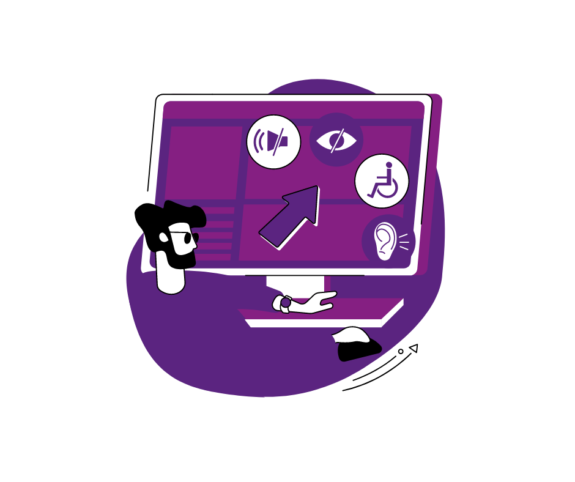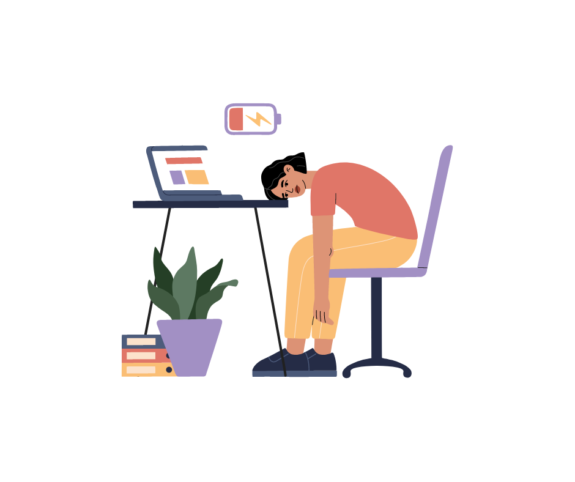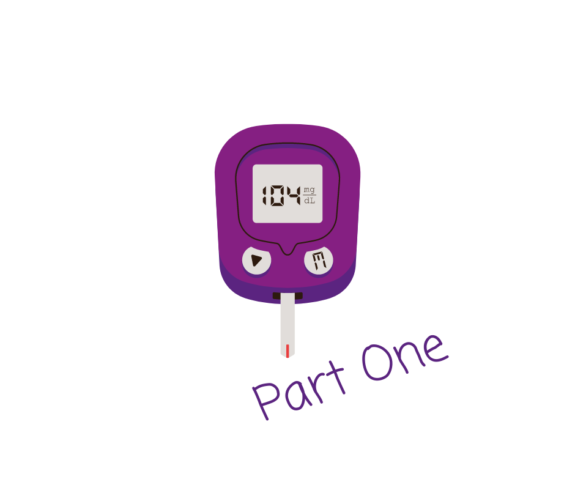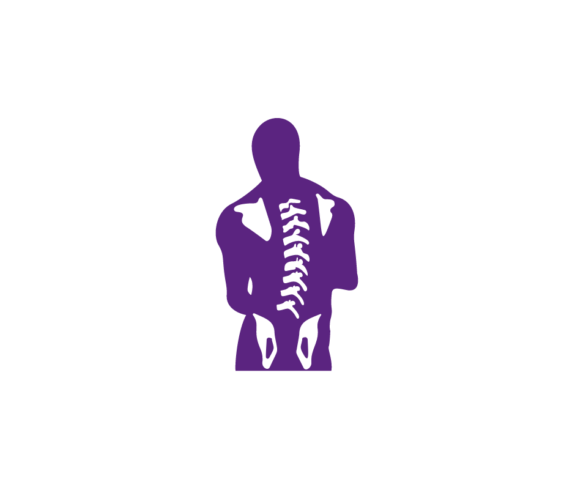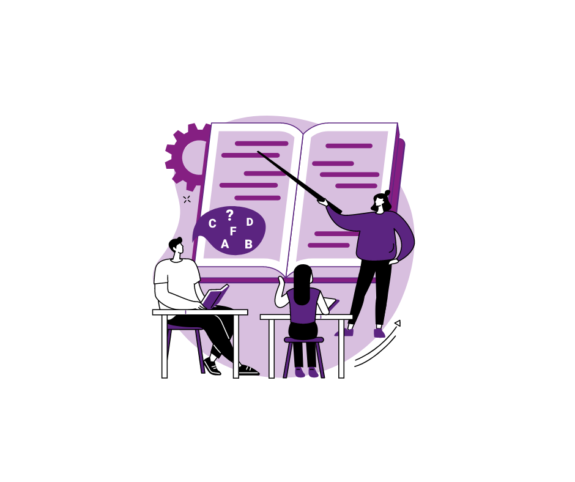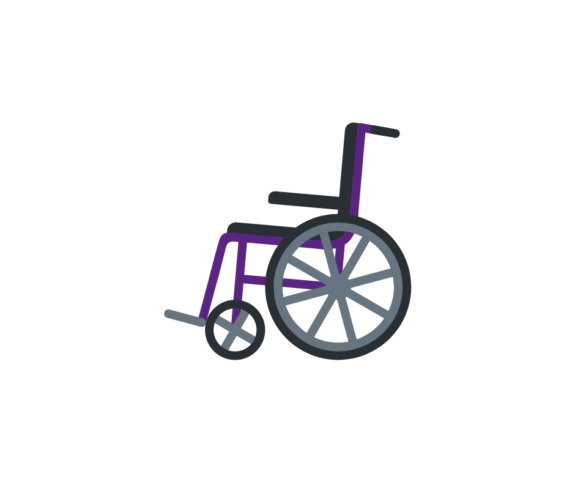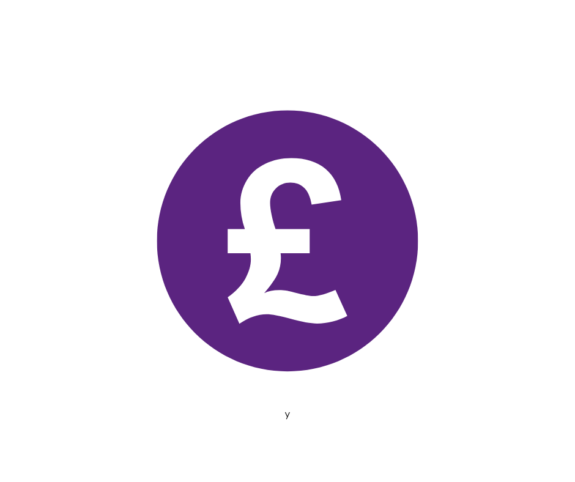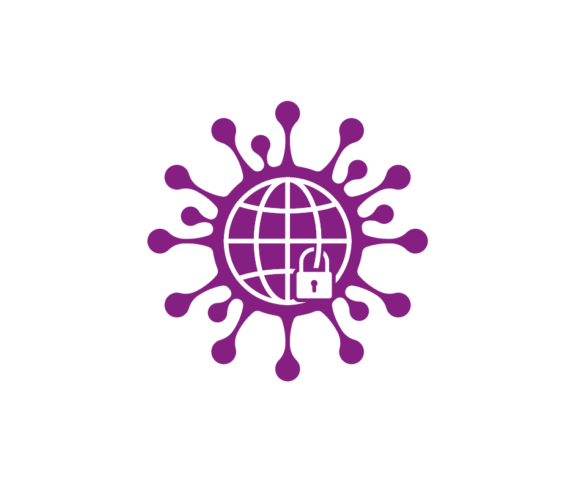Accessibility and inclusion are a pretty hot topic right now with everything that’s going on in the world. Making sure that all people regardless of race, gender, age, disability or class can access all services in a relatively easy and timely manner has never been more important or more necessary.
When we think about accessibility for disabled people most of us would immediately think of physical things like ramps for wheelchairs and disabled toilets. But what about online? The world is becoming ever increasingly reliant on technology and this past year has shown us just how necessary it is. What would we have done without Zoom or Facetime or online shopping to help us get our groceries? Without social media to keep us connected and entertained in equal measure? The outcome could have been quite different.
So if this is the case, why are more websites or businesses not fully inclusive? We talked to our expert, Dean Reynolds to find out the score on what the regulations are, how they’re changing and how it’s going to affect us.
What are the current Accessibility Regulations?
The current regulations aren’t really that clear. All they do at the moment is state that reasonable changes and adjustments should be made to ensure that a disabled person has the same access that a non-disabled person would. The problem comes with the word reasonable. What is reasonable? It’s a vague term that can be interpreted differently by different companies thereby creating a lot of confusion.
Right now, all businesses have to do is put out an accessibility statement saying they are aware of the regulations and are looking at ways to put them in place. They have to be shown to be making an effort and also have a relevant person that can be contacted if anyone has any concerns or questions. They don’t have to be 100% compliant but do have to prove that things are being done.
That doesn’t seem quite fair….
No, it doesn’t. What can be considered reasonable for one may not be for another. But really, in the same that a business must administer GDPR and Freedom of Information, they will have to do something similar for accessibility.
So what’s changing?
New regulations came in to force in September 2018 for public sector organisations meaning that they had a legal duty to ensure that all websites and apps meet accessibility requirements. It states that:
· All public sector websites published on or after September 2018 must be compliant by September 2019. Obviously that date has now passed so if they’re not compliant by now, technically they’re breaking the rules.
· Any websites published after September 2019 must be compliant before going live.
· Websites published before September 2018 have a little bit more time, but not much as they need to be compliant by September 2020 which is only a few months away.
· Apps need to meet the regulations by June 2021.
Why are so many people not doing it?
Most people seem to think that making adjustments for disabled people is going to be expensive when in fact, it could be as simple as changing a font or the copy and layout on a website. Making your website accessible doesn’t always mean re-building from scratch. If you’re doing videos on your website or social media, make sure the lighting is right so that a person who may be lip reading can clearly see you or offer a transcript alongside if possible.
In a physical building you don’t have to change your whole floorplan, you could just add wall brackets and handrails in a disabled bathroom. As a wheelchair user himself, Dean gave an example of shops that don’t have drop counters. For those who can’t reach a normal counter using clipboards to pass down to the customer if information is needed. A drop counter would be the better long-term option but as a quick fix, a clipboard is pretty cheap.
How can we do better?
We’re already getting better, on the whole, of being more inclusive of others and thinking outside the box. I’ve seen restaurants have menu’s in braille on offer for the blind so that they can read it themselves and not have to rely on others. That is a really easy fix that might have cost a little bit to get the menu translated and printed but would most likely have gained loyal customers. And that’s what it’s about. If your business isn’t accessible whether that be the premises or online, you never know how many potential clients you could be missing out on.
It has benefits on the other side as well. Having a more diverse workforce can make your employees more productive. One study showed that employees who feel that they are heard are up to 5 times more productive and inspired to give their best work. Employees who feel that their company provides more opportunities for equality are 4 times more likely to say they are proud to work for that company. You can’t hide from the facts.
Accessibility as a whole, is not going to be a quick fix. It’s going to take time and effort but if we all take a small step in the right direction it’s a great start.
